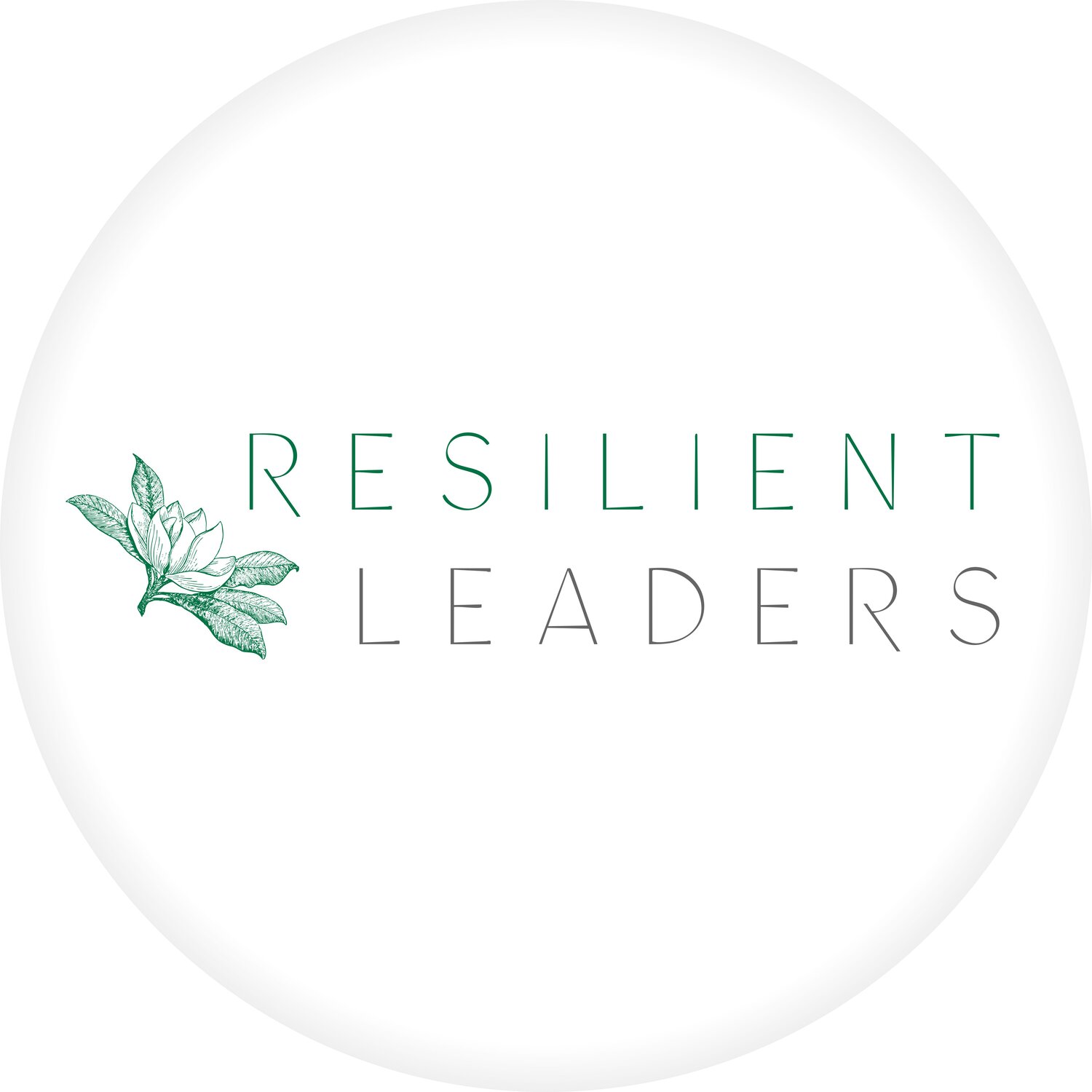How the Resilient Leaders Program Supports Visual, Auditory, and Tactile Learners
Every professional processes information differently. Some learn best by seeing, others by hearing, and some by doing.
When it comes to leadership development, ignoring these differences can lead to disengagement and lost potential.
That’s why the Resilient Leaders Program (RLP) was intentionally designed to support visual, auditory, and tactile learners — creating a richer, more effective leadership development experience that meets people where they are.
Understanding how adults learn best is core to why RLP consistently drives real-world growth and resilience.
What Are the Three Main Learning Styles?
Effective training plans account for different learning preferences. Here’s a quick breakdown:
Visual Learners
Visual learners process information most effectively through what they see, such as diagrams, charts, videos, and visual demonstrations. They often draw relationships between ideas using maps, flowcharts, or illustrations.
Training methods that support visual learners:
PowerPoint presentations
Infographics, mind maps, and flowcharts
Educational videos and animations
Illustrated handouts and case study visuals
Virtual or augmented reality tools for immersive learning
Visual learners are also sensitive to non-verbal communication, tone, facial expressions, and body language, which can dramatically impact how they interpret messages.
Auditory Learners
Auditory learners retain information through listening. They engage most deeply with lectures, podcasts, discussions, and audio recordings. Often, they process information best when they hear it in their voice, such as reading aloud or repeating key points.
Training methods that support auditory learners:
Lectures and verbal presentations
Group discussions and Q&A sessions
Podcasts and recorded modules
Self-recorded read-aloud practices
Audiobooks and audio-based learning apps
Soundscapes or ambient audio to enhance focus
Auditory learners quickly pick up on vocal tone and pacing, so how a message is delivered matters as much as the content itself.
Tactile (Kinesthetic) Learners
Tactile learners understand concepts best through hands-on experiences. They need to engage physically with information through experiments, simulations, projects, and role-playing.
Training methods that support tactile learners:
Hands-on workshops and interactive exercises
Real-world projects and simulations
Team-building games and activities
Movement-based learning (VR, interactive tech, physical models)
Scenario practices like role-play and case study walkthroughs
Tactile learners often show physical signs of processing, such as moving, fidgeting, or changing positions while absorbing new information.
How the Resilient Leaders Program Aligns with All Three Learning Styles
The Resilient Leaders Program isn’t built around a single way of delivering content; it's designed with flexibility so participants can engage in ways that feel natural to them.
Here’s how RLP meets each style:
Instead of forcing participants into a single mode of learning, RLP provides multiple entry points, allowing their visual, auditory, and tactile strengths to shape their leadership growth.
Final Thoughts
Training that truly sticks requires more than good content — it demands delivery methods that respect how adults naturally learn.
The Resilient Leaders Program delivers on this by creating a blended, flexible experience that taps into different learning styles, deepens engagement, and accelerates transformation.
Ready to build a leadership development experience that meets every learner where they are? Contact ZeroGap.co to learn how the Resilient Leaders Program can help your team grow stronger, faster, and with lasting impact.


